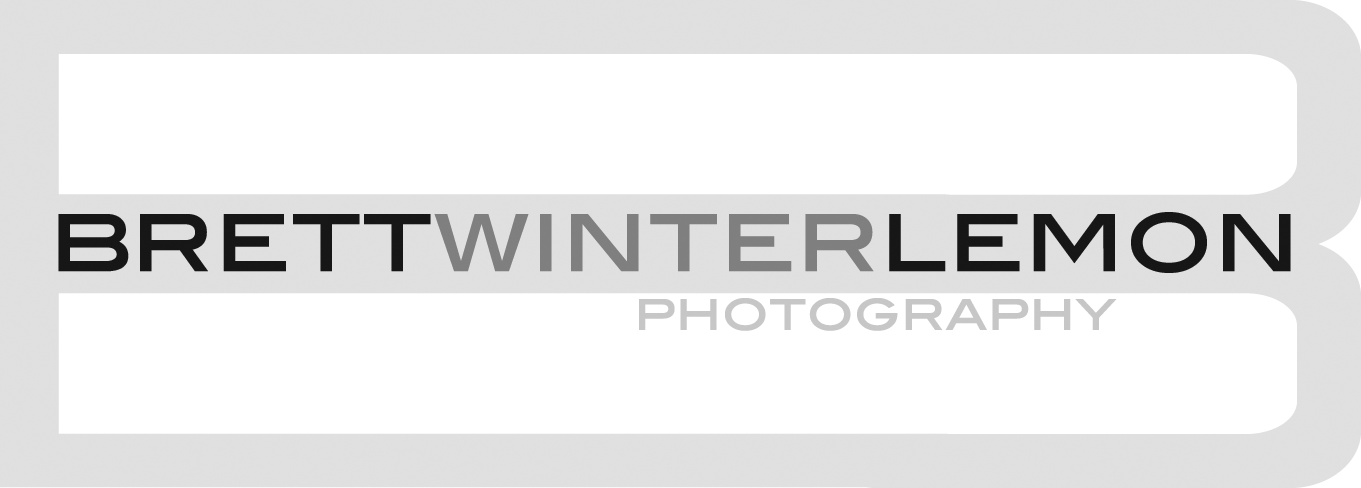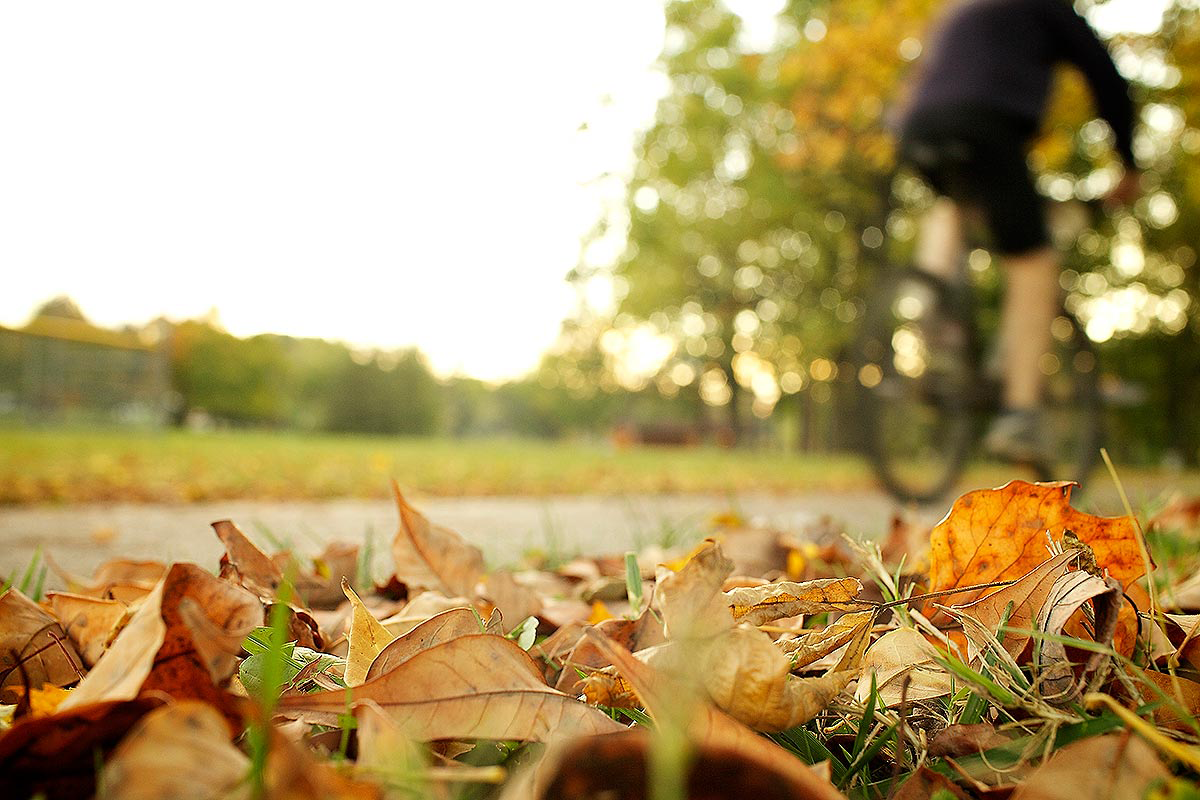Photography and Perspective
Perspective is often a very under-appreciated topic in photography, but it is a very important concept to master. Although it is complicated, learning perspective will transform a boring image into a very interesting photo!
Perspective can be defined as the relationship between objects in a frame. This can include several things including their sizes, their placements, and the space between these objects.
Because photography is two-dimensional, good perspective can create the illusion of a three-dimensional image. Cameras are always creating some perspective in any given image. Because of this, many new photographers don’t grasp the importance and value of learning the art of perspective. When correctly used, perspective can produce an accurate rendition of the subject’s form and shape as well as create a sense of volume, space, depth, and distance. Deciding where to position yourself to take a photo is a very important decision. Any photographer who understands perspective has the freedom to be creative with this sense of scale and make the decision to create more three-dimensional or flat photographs.
Types of Perspective
Here, I’ve listed some of the most common types of perspective.
Linear Perspective
Linear Perspective describes any scene in which parallel lines extending from a given viewpoint appear to converge at the horizon, creating a vanishing point. Examples of this are common and often include railroad tracks or city streets.
Overlap Perspective
Overlap perspective is an effective way to add depth. When subjects within the picture are on approximately the same line of sight, those objects closer to the camera will overlap more distant objects and partially hide them. The more this is repeated, the more the image will give the illusion of depth.
Rectilinear Perspective
Rectilinear perspective is what the human eye typically sees and all lines will appear straight. Fisheye lenses will produce the opposite perspective and create curved lines and false perspective. Most lenses will portray images using rectilinear perspective.
Dwindling Size Perspective
Dwindling Size Perspective shows a repetition of similar-sized objects in a row moving away from the camera, for instance, a row of trees or a fencepost line. The first fence post will appear largest while the last fencepost will be significantly smaller.
Birds Eye Perspective
Birds eye perspective is an aerial view of what you would normally view from an eye-level perspective. Worms eye is the opposite in which you would view an image from the ground looking up.
Application
As we’ve found, simply changing perspective can completely transform a photo! The most effective way to learn is to practice! Move around when taking photos and experiment with different angles on a subject. Changing the position you are in can bring a creative angle to an ordinary subject; get low, get high, step to the right or left.
When taking pictures around Roanoke, Virginia, Brett encouraged me to practice experimenting with perspective. The goal was to take 3 different photos of the same subject, each photo with a new perspective. By photographing different angles, I was able to find the most creative and effective way to portray a subject.
An important thing to consider when discussing perspective is focal length. Many people confuse focal length for a change in perspective, but focal length merely changes the angle of view (how much of a scene that the camera records). For instance, a wide-angle lens will show a larger portion of a scene, while a telephoto lens narrows the angle of view. However, you can gain a new perspective by combining a lens change with a position change.
Perspective as a compositional tool is an effective way to improve your photography. No matter what camera you are using, perspective can have a powerful impact on your images!


